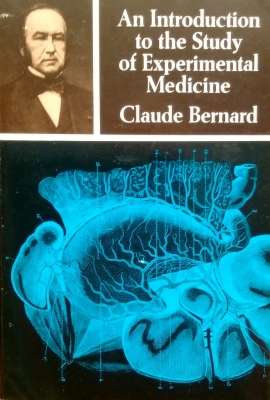

Hermann Ludwig Helmholtz, a German physician and physicist, is best known for the law of the conservation of energy. He also made significant contributions to physiology, optics electrodynamics, mathematics, and meteorology.
In 1847, he published his paper ‘On the Conservation of Force’. This was the first explanation of the fundamental concept of conservation of energy. His inventions of the ophthalmoscope allowed physicians to see inside the eye, and revolutionized the field of ophthalmology.
Helmholtz was a keen mathematician, and in 1858 published the paper which provided a key to the fundamental structure of matter. He also investigated the physics of tone and colour perception. But above all, it is his theory of the conservation of energy that is his greatest contribution, for it is one of the broadest and most important generalizations ever known in the history of science.







